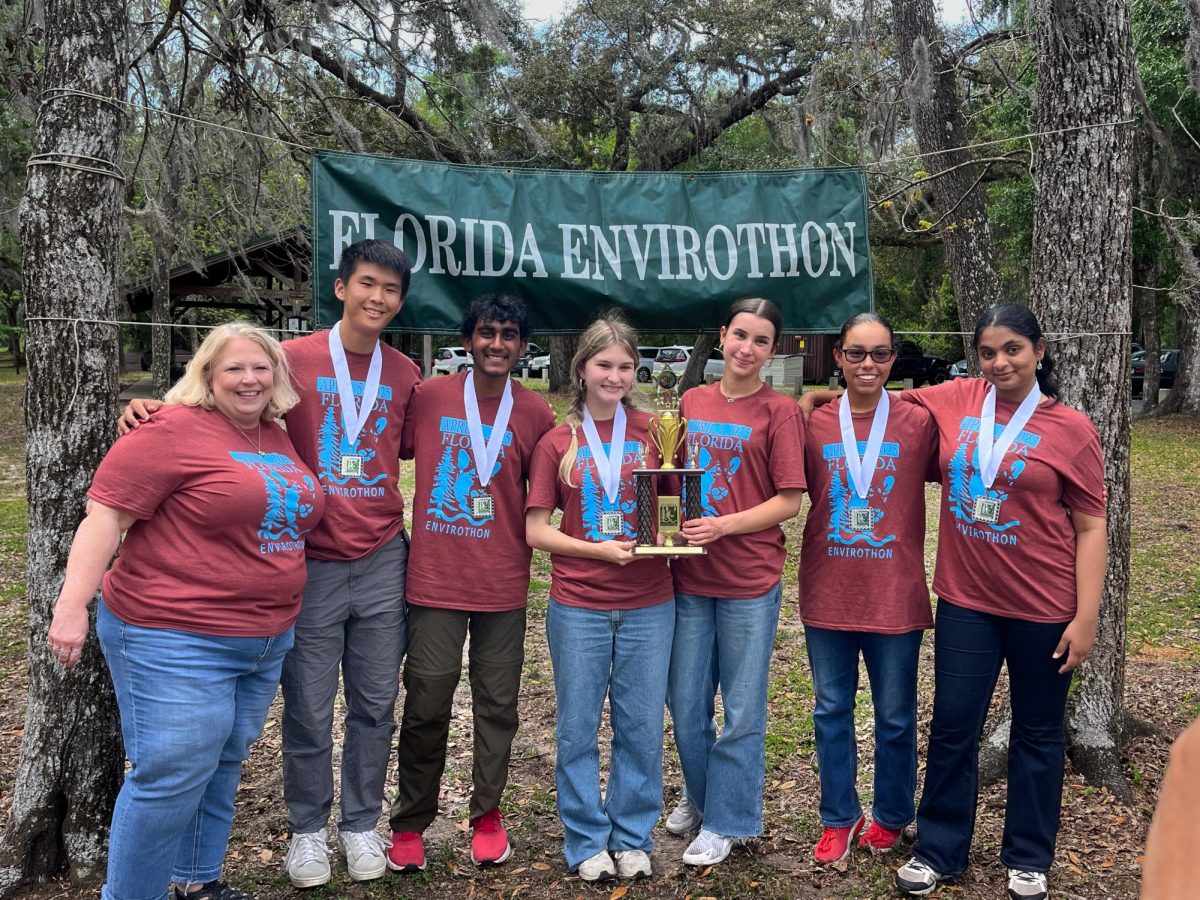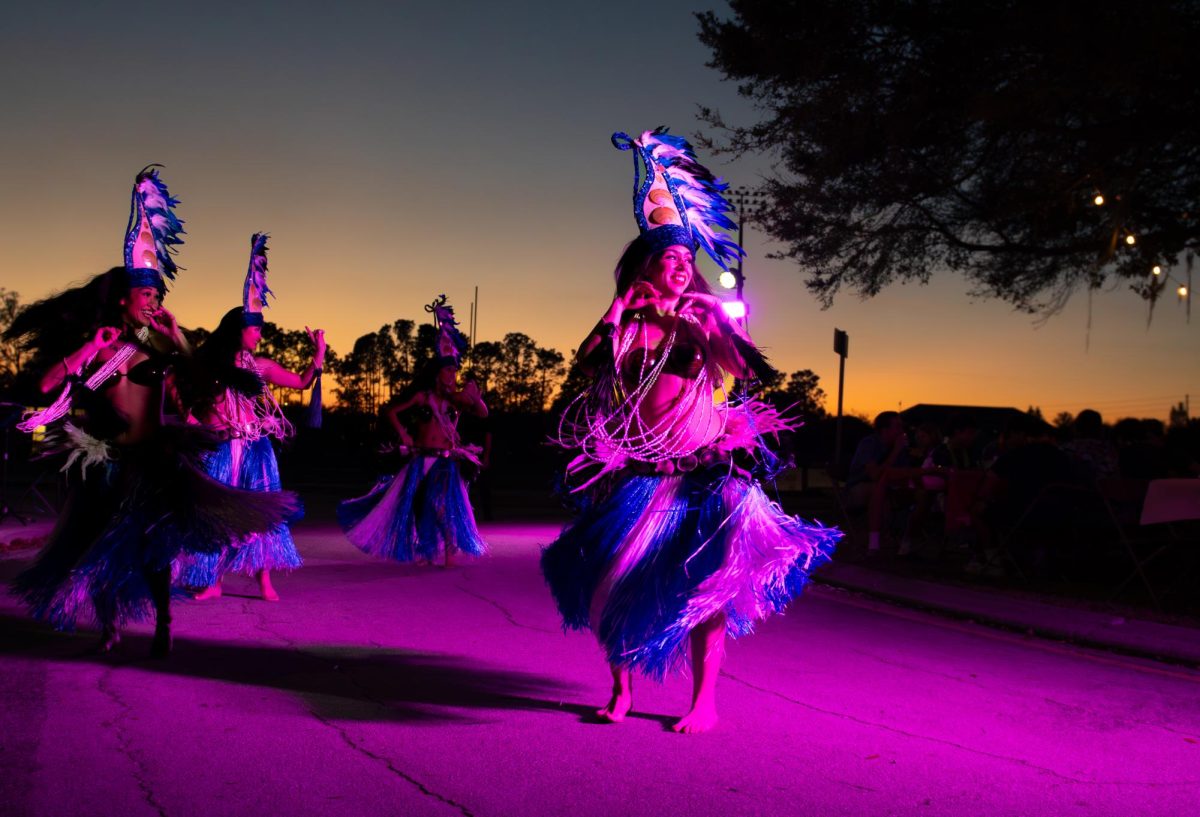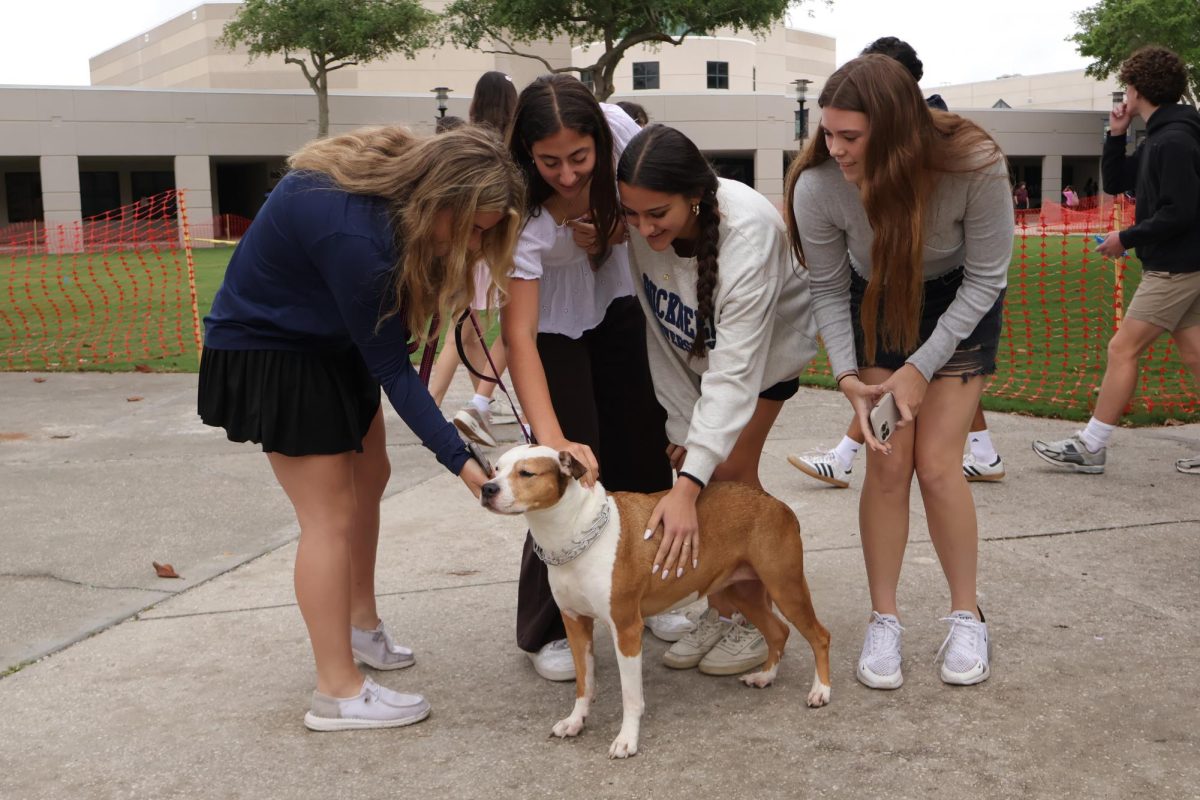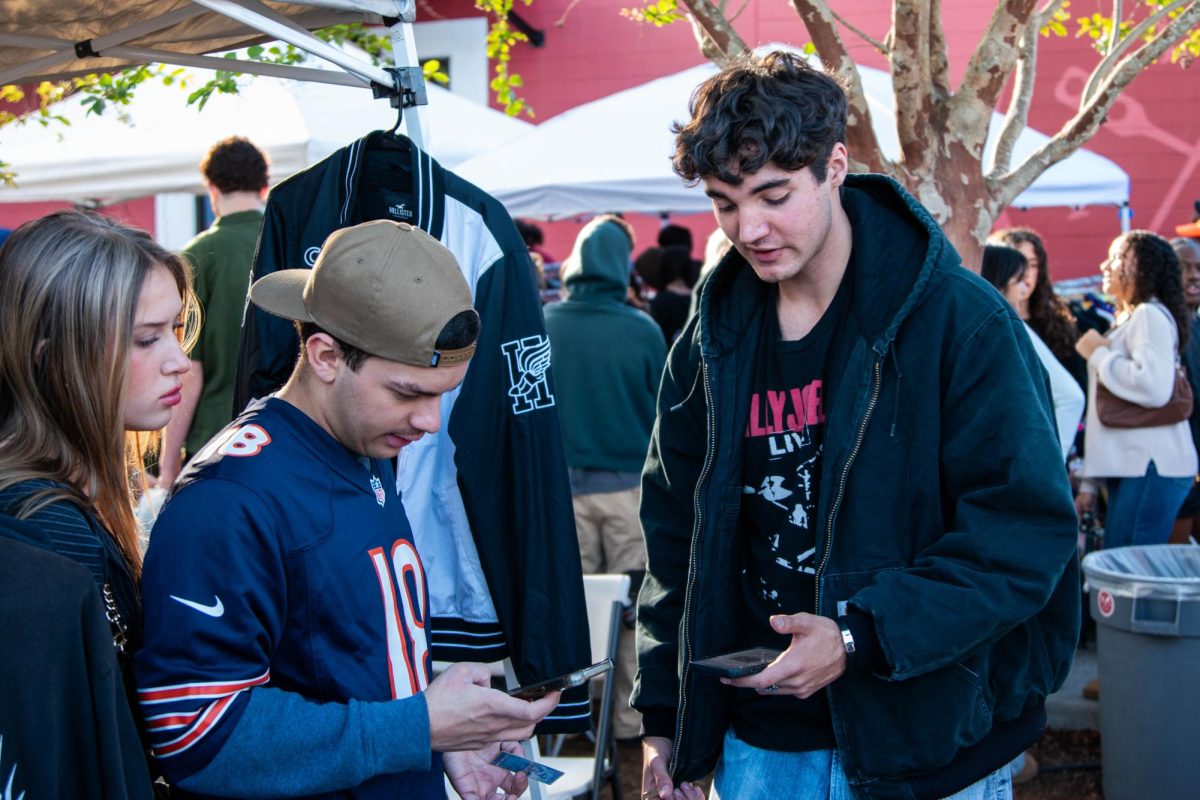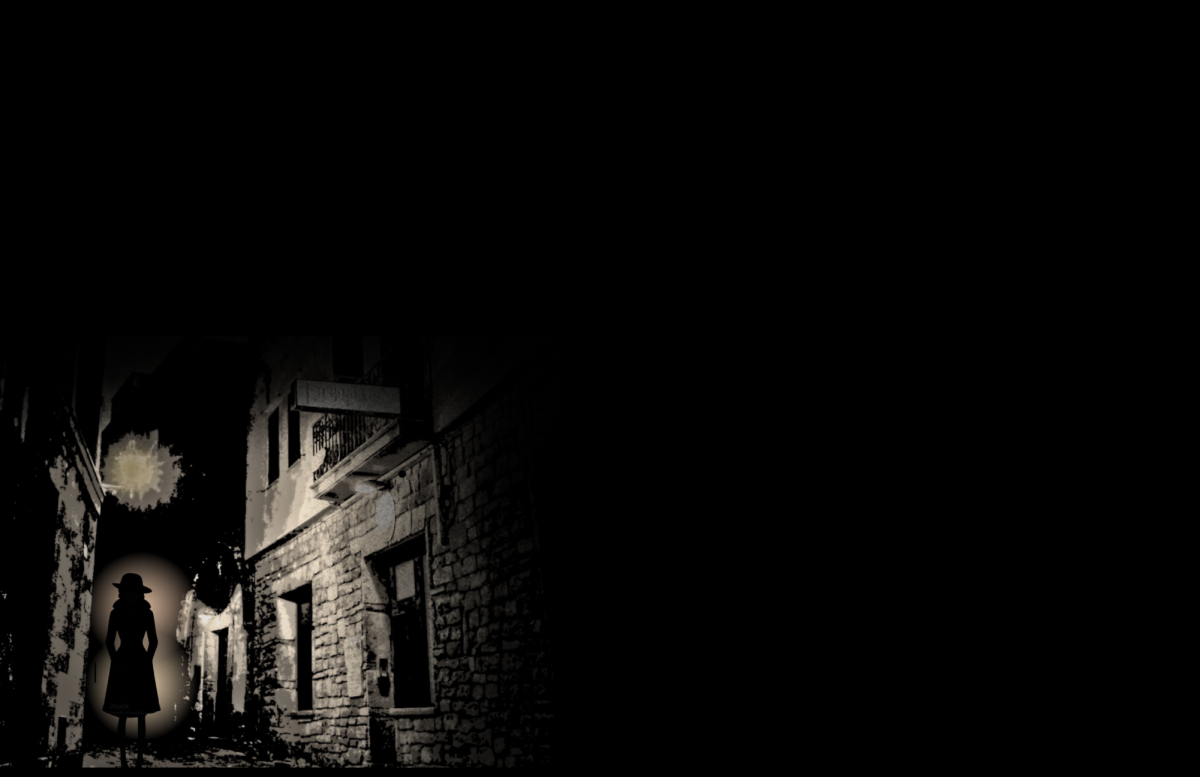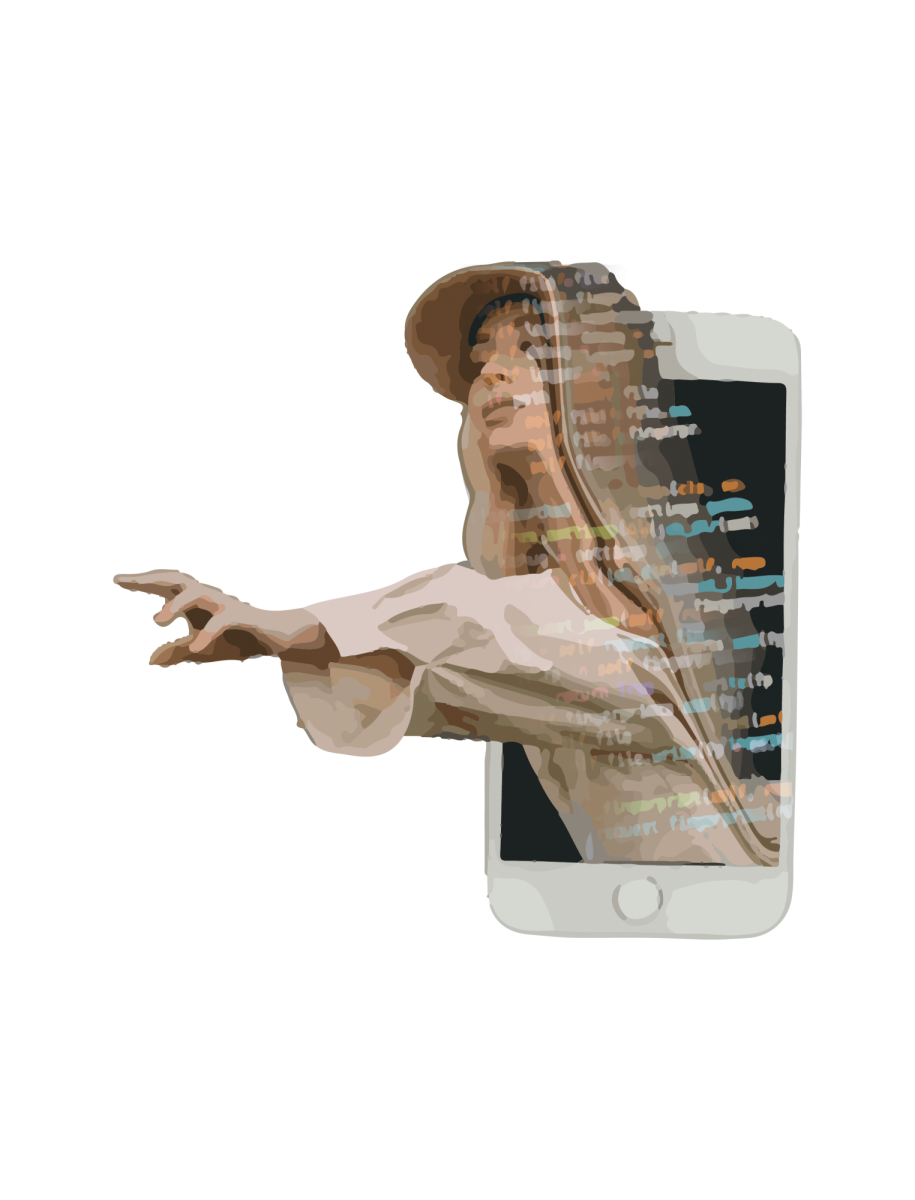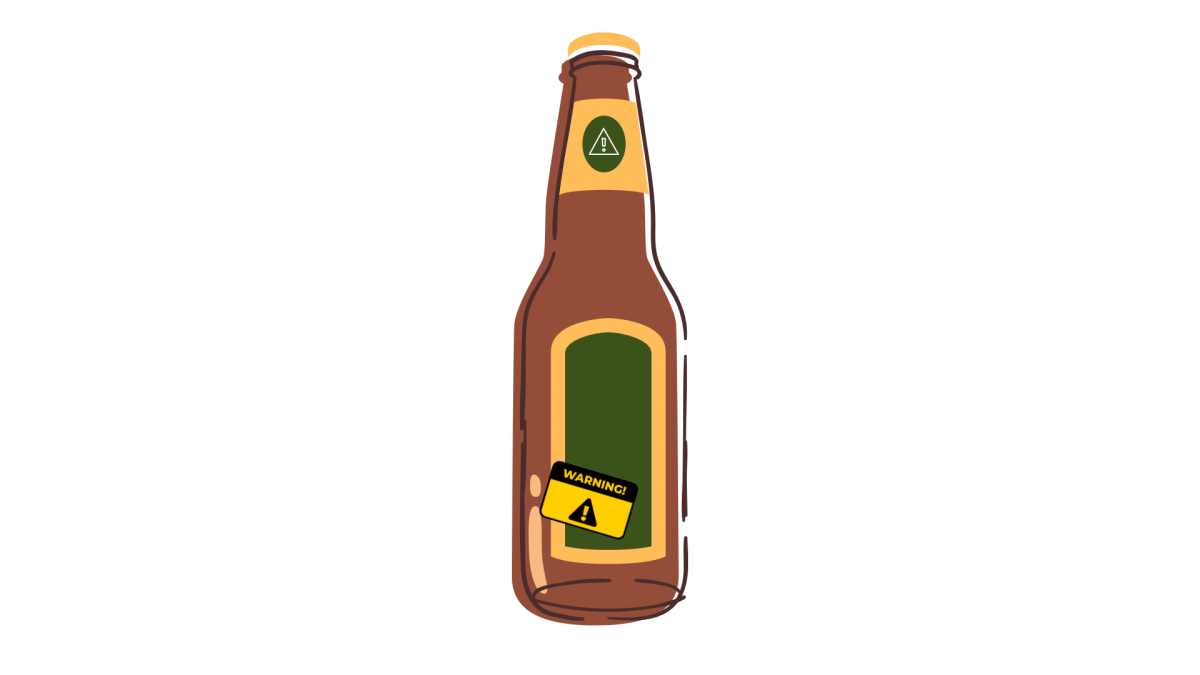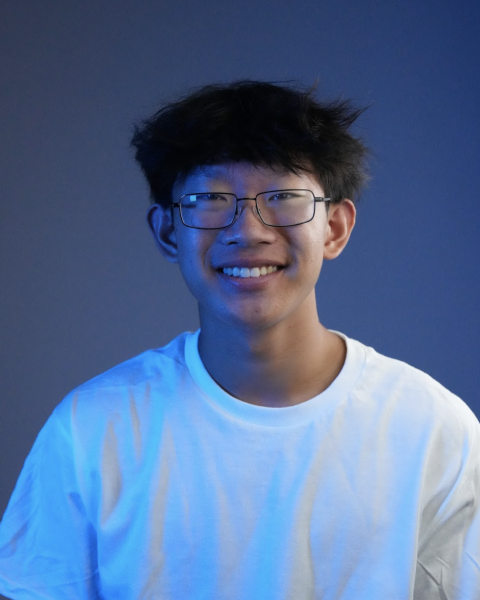Swastikas in Times Square, signs equating all Jews to Nazis in Washington D.C. and the brutal beating of Jewish students at Tulane–all of these events occurred at pro-Palestine rallies held since Oct. 7. While the rallies should be calling for the right to Palestinian self-determination, some protestors have instead used these rallies as opportunities to spread antisemitic rhetoric. Using anti-Zionism as a veil to mask deep-rooted antisemitism only subjects Jews to centuries-old prejudice and violence.
The debate of anti-Zionism vs. antisemitism has recently been a prevalent one, but, in the last few years, and especially since the Oct. 7 attack, the two have become increasingly hard to distinguish. Since the Hamas attack, incidents of antisemitism in the United States have risen 400 percent, according to the Anti-Defamation League (ADL), with more than half of these incidents being linked directly back to the war in Israel.
“ADL believes that one can advocate for the Palestinian people and their right to self-determination while also respecting the Jewish right to self-determination,” the ADL website states.
The ADL is one of the largest and oldest anti-hate organizations in the United States and has been dedicated to fighting antisemitism in all forms since 1913.
Some of the most alarming incidents of recent antisemitism have happened on college campuses across the country. At some pro-Palestine protests, violence unfolded against Jews in a manner eerily similar to white nationalist violence.
At Cooper Union, Jewish students were locked in the library for their own safety as pro-Palestinian protestors beat on the windows. At Cornell University, a student posted messages calling Jewish students “the excrement of the earth” and threatened them with vulgar and violent language. At a pro-Palestine protest near New York University, a protester held a sign that called for the world to be “kept clean’’ of Jews, and at George Washington University a message was projected on the library stating “glory to our martyrs” in response to the Hamas attack.
One college that has been a particular hotbed of violent antisemitic sentiment is the University of Pennsylvania (UPenn). Despite having a 16% Jewish undergraduate population, the university didn’t condemn the Hamas attacks until it received pushback from donors.
According to current UPenn student and Trinity alum Gabe Steinberg, many pro-Palestine protesters at the university have either justified or even glorified the Hamas attacks, chanting for “resistance by any means necessary.” They also chanted for “Intifada,” which, according to the ADL, refers back to two violent Palestinian revolutions that targeted civilians through the use of grenades, Molotov cocktails and suicide bombings. This comes alongside multiple acts of vandalism depicting Nazi symbology on centers of Jewish life.
“There was very disturbing rhetoric about being excited about the Hamas [Oct. 7] attacks and how this is the big liberation, whereas at the beginning, the Jewish community, students supporting Israel, we’re having vigils, we’re mourning,” Steinberg said.
The conflict between Israel and Palestine is deeply complex, perspective-dependent, and surrounded by misinformation. The roots of the disagreement go back even before the founding of the State of Israel in 1948. Both Israelis and Palestinians have at different moments in time felt displaced and that they had a claim to the land.
“[How you view the conflict] all depends on where you start the beginning of the clock,” Steinberg said.
Despite this, many protesters across college campuses don’t solely advocate for the right of Palestinians to self-determination, but advocate for stripping that right from Israeli Jews. Some protesters may not intend any antisemitism when they use the phrase “From the River to the Sea, Palestine will be free” to advocate for peaceful coexistence. However, according to the ADL, this chant is in many cases used as a call for the destruction of the State of Israel. As a result, these chants are often antisemitic as they call for stripping the right of self-determination of the 7 million Jews currently living in Israel.
“It’s become masterfully crafted so [protesters] can defend their arguments as free speech and not hate speech,” Steinberg said.
It’s not just the students on campus, but also their faculty. At Stanford, in a mandatory undergraduate class, a professor separated the Jewish students from the non-Jews, labeling the Jewish students as colonizers vs the non-colonizers, and then said the colonizers (the Jews) were responsible for more deaths than the Holocaust. Additionally, a professor at Cornell University claimed the Hamas attacks were “exhilarating” and “energizing,” while one at Columbia claimed the attacks were “awesome” and a “stunning victory.” The first has been suspended for “the identity-based targeting of students,” but the second and third have received no penalty.
The way colleges have treated the rise of antisemitism following the Oct. 7 attack reflects growing antisemitism in universities. According to the ADL, between 2014 and 2021, incidents of antisemitism went up threefold on college campuses.
“People are worried about having a Jewish name,” Steinberg said. “People are putting away their Jewish necklaces when they’re walking in public in certain areas.”
American universities pride themselves on their values of diversity and open conversation. However, allowing protests to use the pretense of anti-Zionism to justify violent intimidation of Jewish students is the antithesis of open conversation.
The rising antisemitism on college campuses is reflective of longstanding trends. In the United States, antisemitism has been incrementally rising for the last 10 years. In 2013, the ADL reported 715 antisemitic incidents in the United States; in 2022, that number was at a shocking 3697. In the single month after the October 7th attacks, there have already been nearly 800 incidents.
“A very noticeable pattern about antisemitism is that it tends to become most violent and scary in moments of social anxiety and distrust. So, when you see a war breakout… it’s really common to see antisemitism emerge or reemerge,” said Kira Simon, Director of Curriculum at the ADL.
These acts of antisemitism on campus are only a microcosm of the greater U.S. The home of a Holocaust survivor in Beverly Hills was vandalized with the words “f*ck the Jews.” A mob of Hamas supporters attacked a Jewish store owner in NYC, only stopped after intervention by the NYPD. In Salt Lake City, multiple synagogues were forced to evacuate in response to a series of bomb threats. And, in Grand Central Terminal, NYC, a man punched a woman in the face, and when asked why, answered “Because you’re Jewish.”
While 90% of Jews recognize that this rising antisemitism is a problem in the U.S., only about 60% of the general population feels the same way according to a survey conducted by the ADL. This is the major reason that antisemitism has been able to spread, and this willful ignorance comes from the myth of Jewish Power. This is a millennia-old stereotype in which antisemites blamed social ills on the claim that Jews are disloyal, greedy, manipulative and power-hungry. As a result, Jews are seen by many as outside the umbrella of racism and discrimination that people should stand against.
Especially in regards to anti-Zionism, we’ve seen this collective understanding take hold. In fact, many of these anti-Zionist protests aren’t even directed toward Israel’s supporters, but rather at Jews as a whole.
“There’s this consistent pattern of assigning blame to Jewish people,” Simon said. “Sometimes it’s using Zionist or Israel instead of the word Jew, but it feels the same and it has the same impact.”
The targeting of Jewish students at institutions meant to be beacons of enlightenment from either side of the political spectrum reflects a descent into historic antisemitism for our nation as a whole.
Echoes of the 1940s have emerged in our society–from mobs beating orthodox students, the graffitiing of the homes of Holocaust survivors, synagogues, and Jewish centers, and calls to murder Jewish students on Ivy League campuses. If we vow “never again” at Holocaust memorial events, we must continue to stand up to antisemitic hatred in all of its forms.










